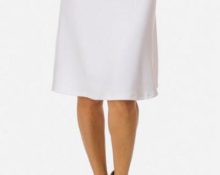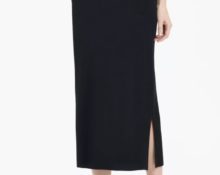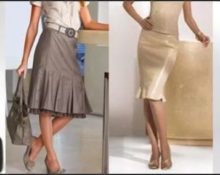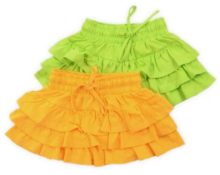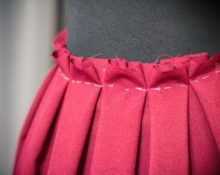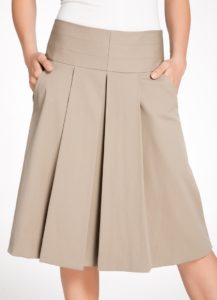 Skirt styles are very diverse. Yoke models are a separate section in this gigantic variety. They visually increase the curve of the hips and reduce the belly. And they are easy to cut. Therefore, the popularity of such clothing has remained unchanged for many years. And this is unlikely to change in the future. We will tell you how to sew such a skirt with your own hands.
Skirt styles are very diverse. Yoke models are a separate section in this gigantic variety. They visually increase the curve of the hips and reduce the belly. And they are easy to cut. Therefore, the popularity of such clothing has remained unchanged for many years. And this is unlikely to change in the future. We will tell you how to sew such a skirt with your own hands.
How to make a basic yoke skirt pattern
The yoke is the upper part of the skirt, resembling a wide belt.
The basic pattern for such a model is usually based on the pattern for a classic straight skirt. It is shown in the figure below.
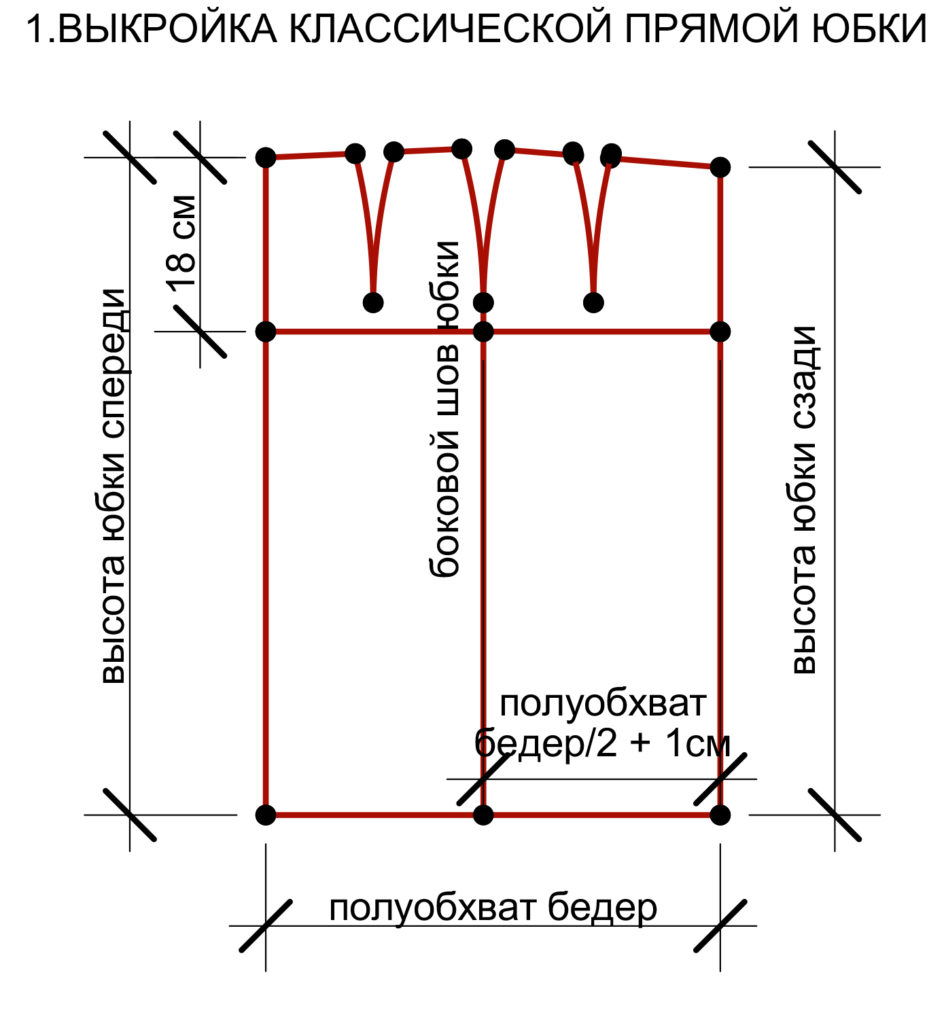
What measurements are needed
To construct such a basic diagram, it is necessary to measure the circumference of the waist and hips. Another measurement used in the work is the length of the hem. However, this parameter is taken based on personal preferences and only indirectly depends on the characteristics of the figure.
Note! After measuring the circumference of the waist and hips, these values should be divided in half.
It is the numbers obtained after this that will be useful in further work.
Constructing a pattern
Take a diagram of a classic straight skirt and mark the height of the yoke on it, as shown in the figure below. From points 1, 2, 3, 4, 5, 6, set aside the required size.
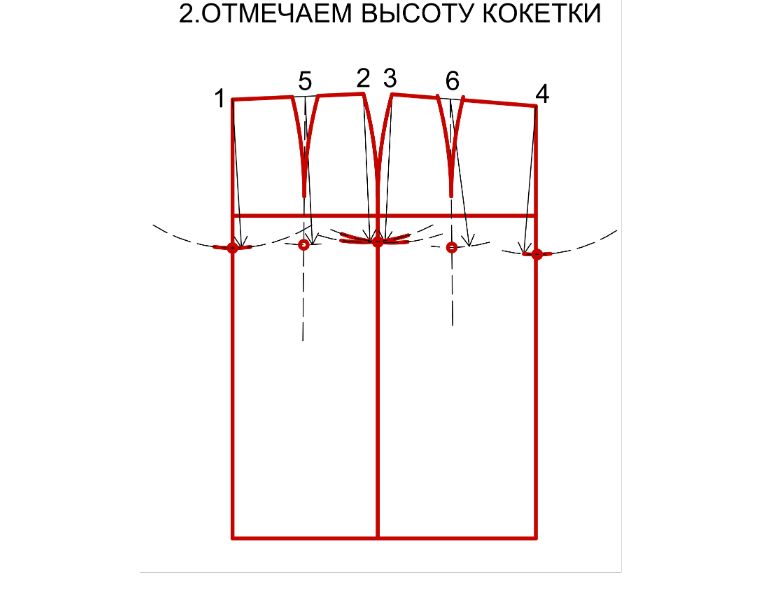
Then connect the resulting points with a smooth arc-shaped line.
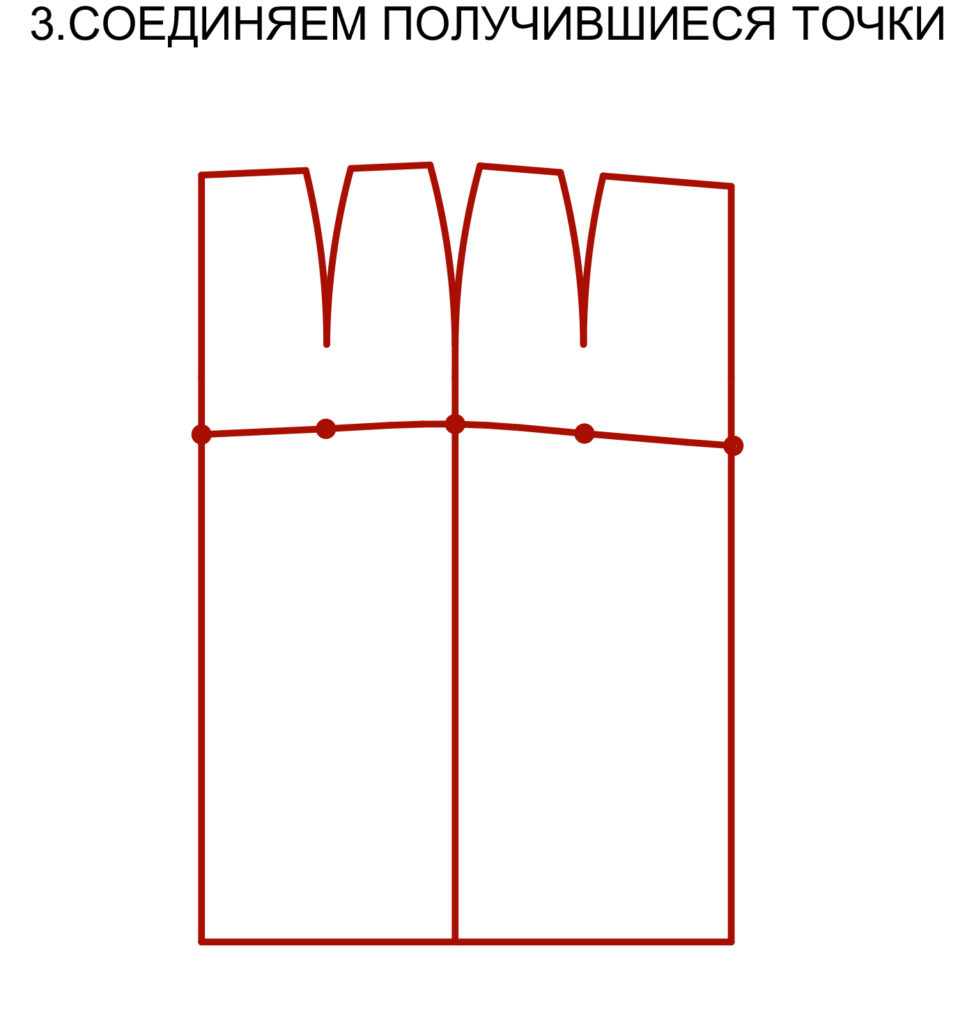
Then cut the bottom of the skirt along the resulting line. Close the darts by aligning their edges with each other.
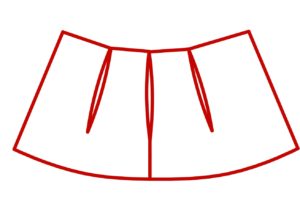
The yoke pattern is ready.
Note! The height of this element can be almost any, from 5–7 to 23–25 cm.
Modeling a skirt pattern with a yoke
A yoke corresponding to the parameters of the figure is the basis of any product of this type. And here the bottom of such a skirt can be anything.
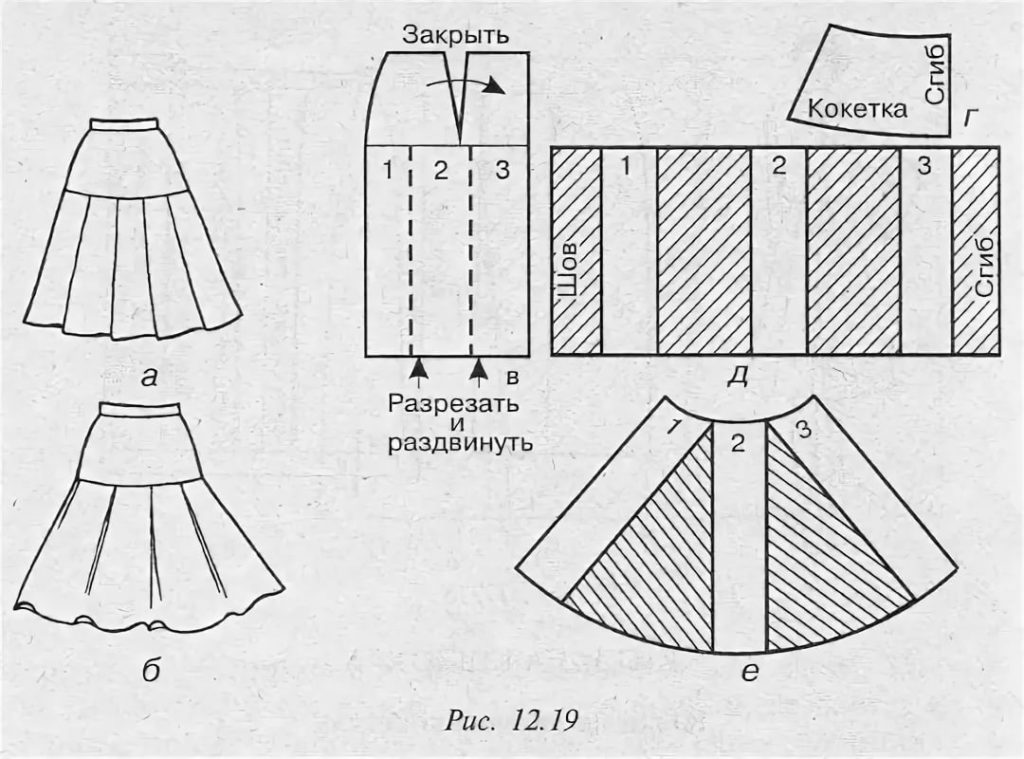
Straight, with cutouts, asymmetrical or symmetrical pleats, half sun and so on.

In addition to the hem, this element of clothing often has components such as a belt and pockets. These details are optional, but they usually make the skirt look more interesting and more comfortable to wear.
Note! Fashion designers have an interesting technique in use: the use of different materials for each component element of the product.
For example, the yoke can be made from denser fabric, and the bottom can be made from thin synthetic that gathers in aesthetic folds.
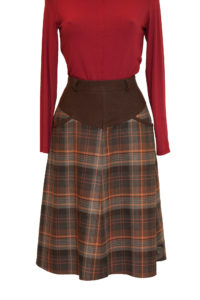
Don't be afraid to experiment with color, style, decor!
Tips for sewing yoke skirts
If the pattern is constructed correctly, transferring it to fabric takes 20–30 minutes; for experienced needlewomen, even less. Simply attach the templates to the textile with pins and cut out the resulting fragments.
At the same time, you need to keep the following in mind.
- Some fabrics have a front and back side, others do not. It is recommended to work on the back, non-front side of the material.
- It is necessary to provide seam allowancesV. They are approximately 1–2 cm, depending on the thickness of the fabric. Thinner and lighter fabrics allow smaller allowances, heavier ones require more room for maneuver.
- On stretch material, patterns should be placed so that the waist and hip lines are parallel to the grain. Then the finished product will fit well. Seam allowances in this situation can be made smaller.
The main thing is to work carefully. The old Russian proverb “measure seven times, cut once” is very suitable here. Take your time, be careful, and you will succeed!


 0
0